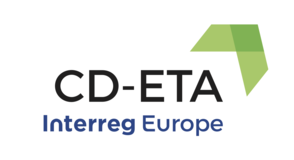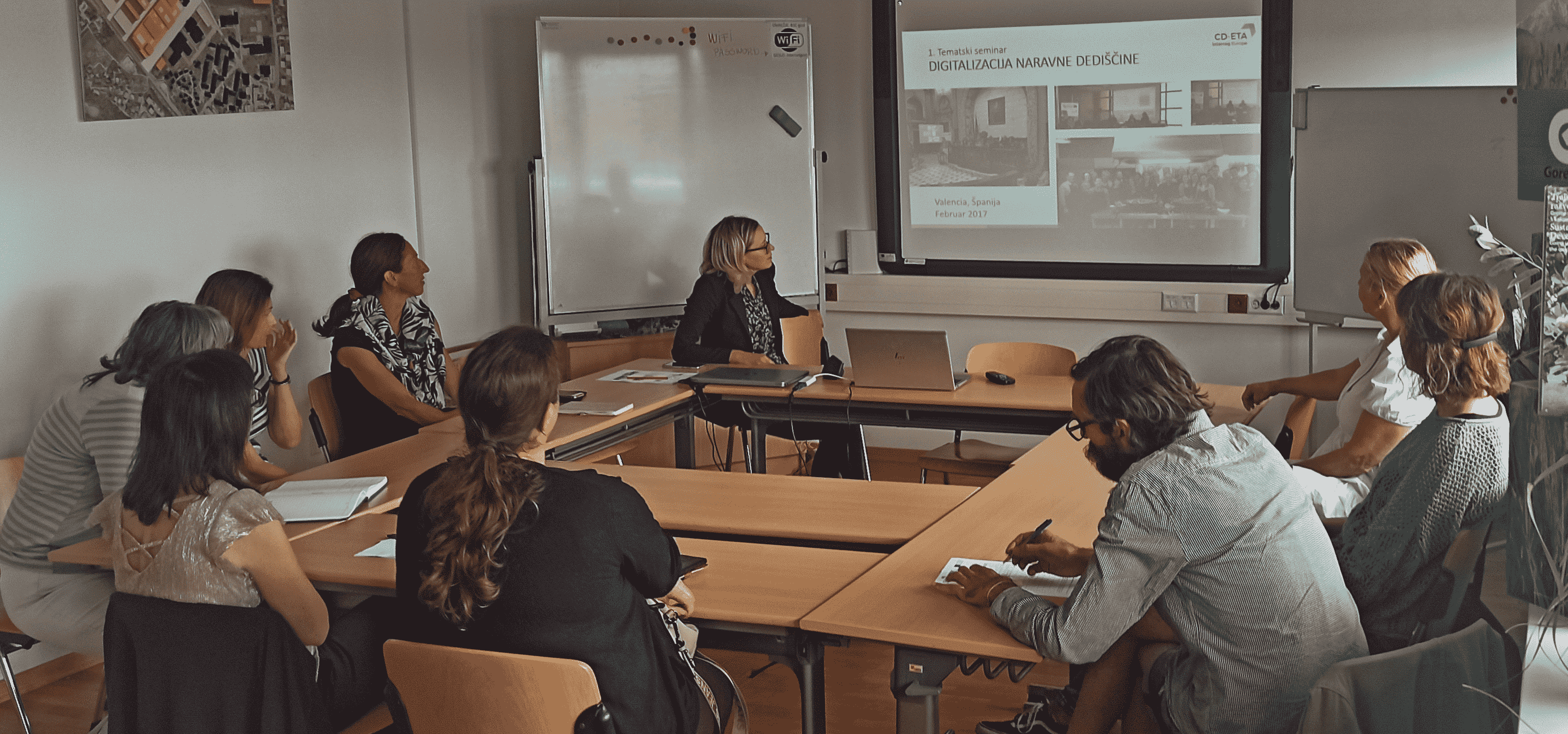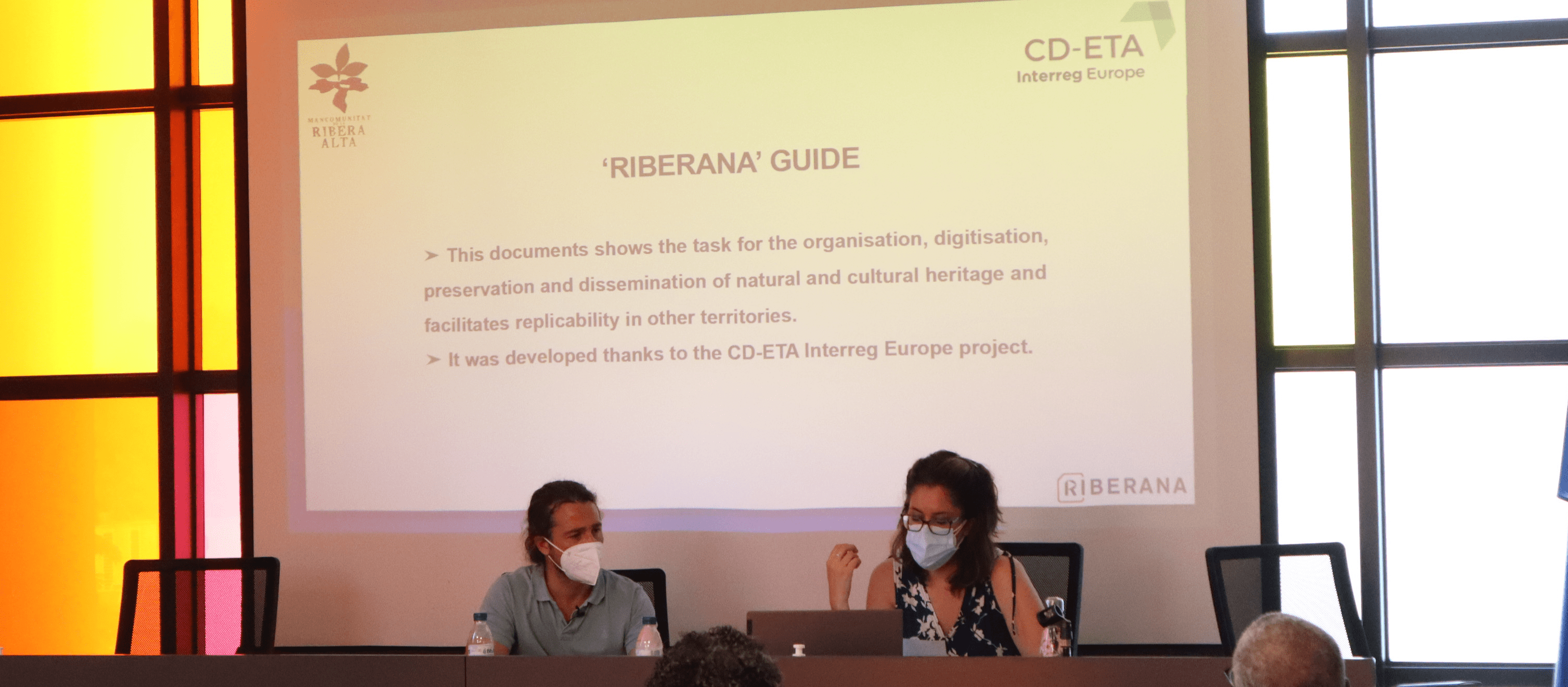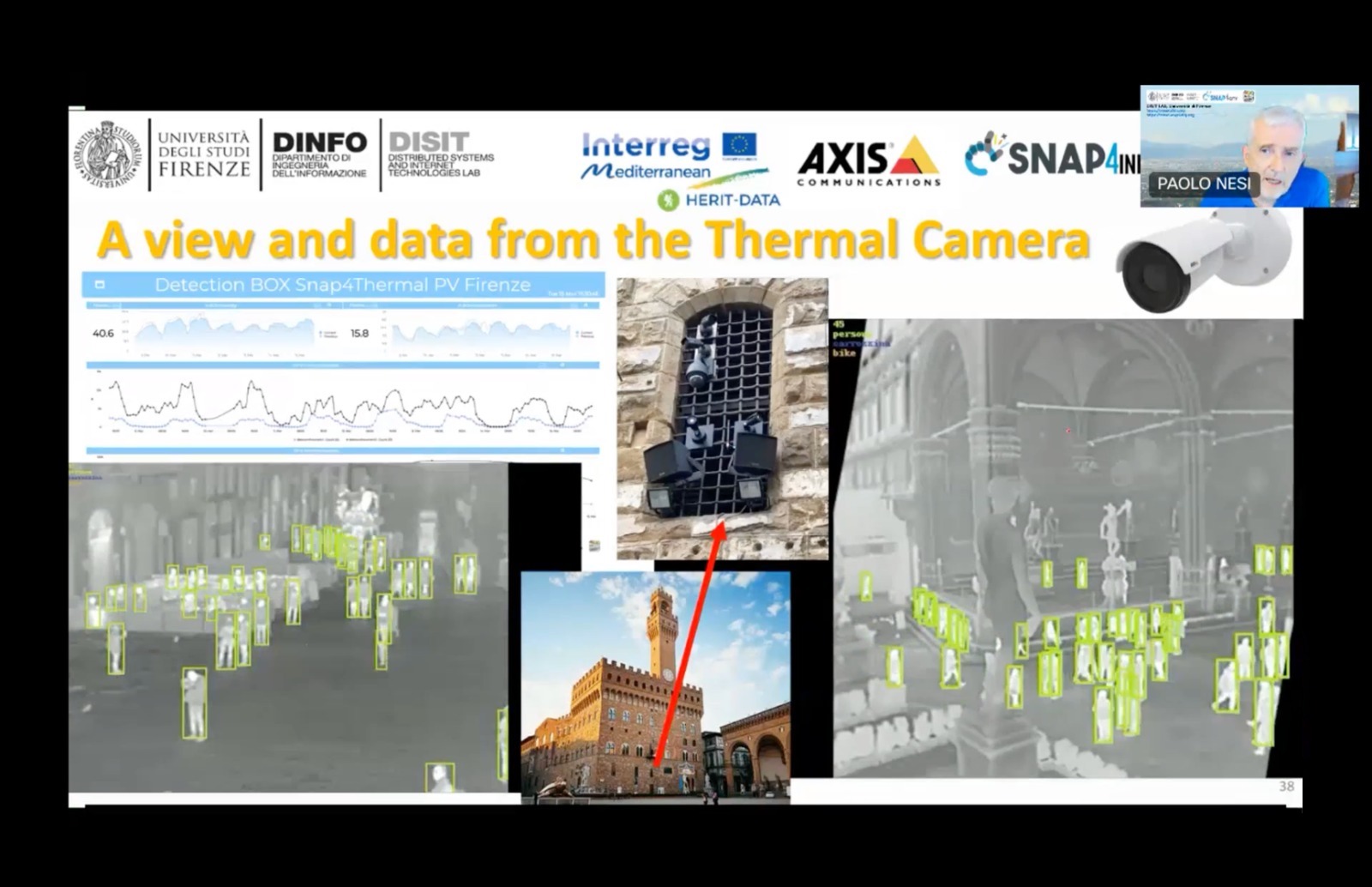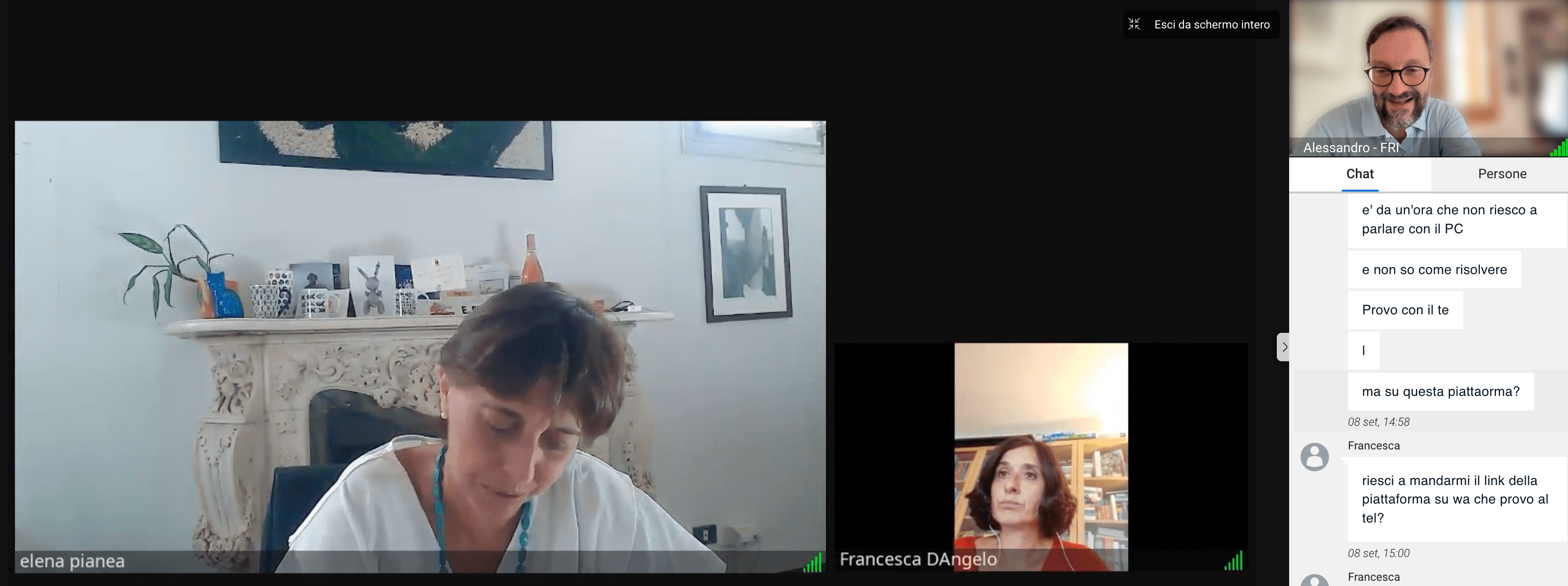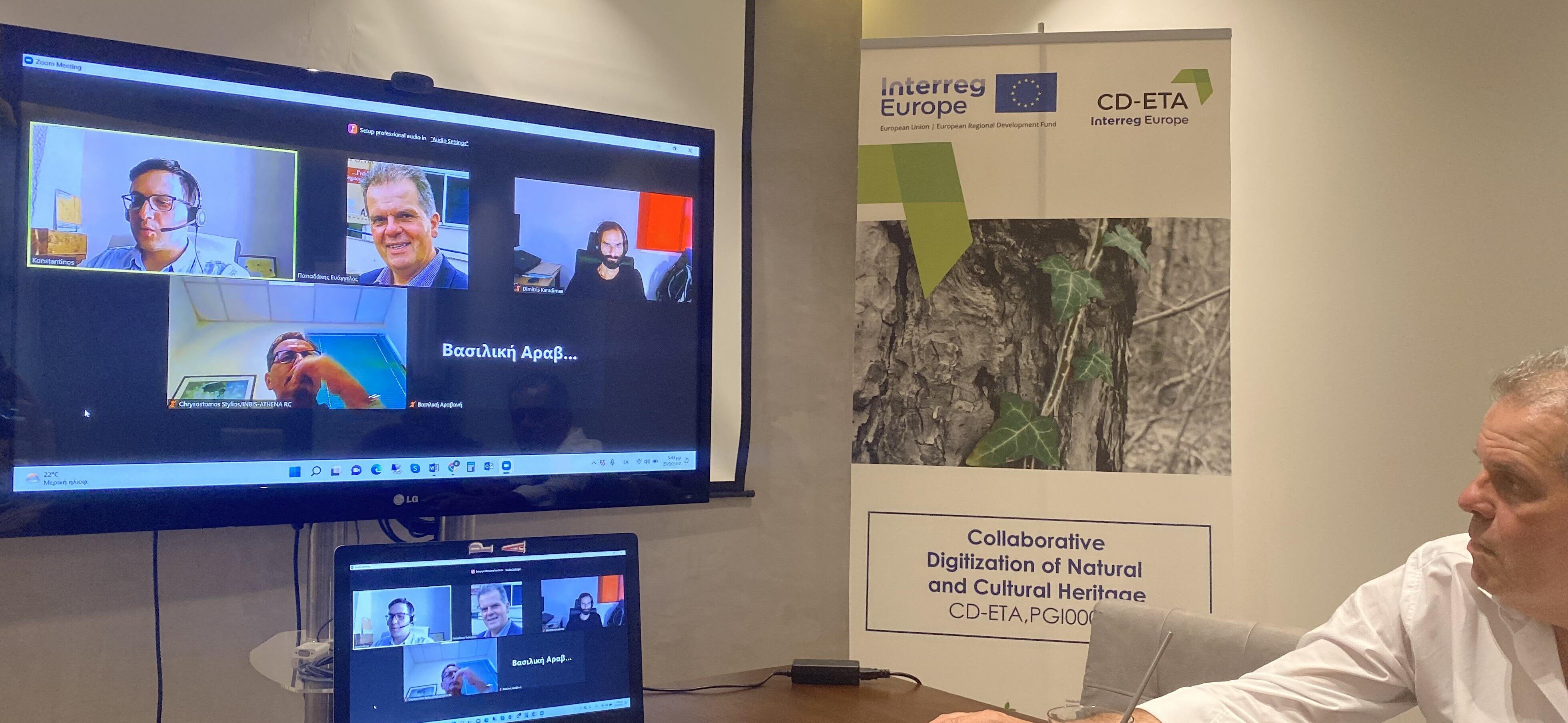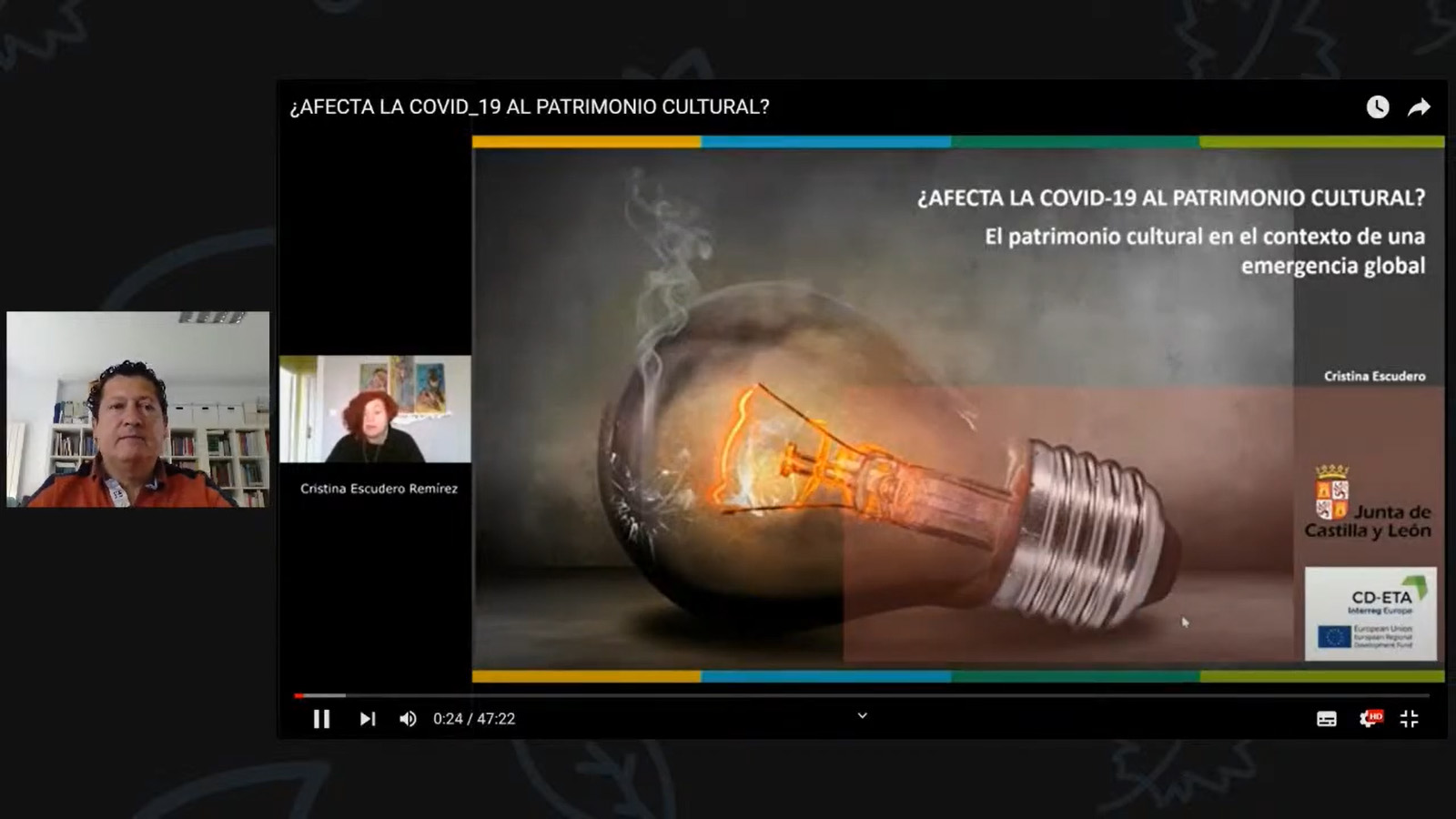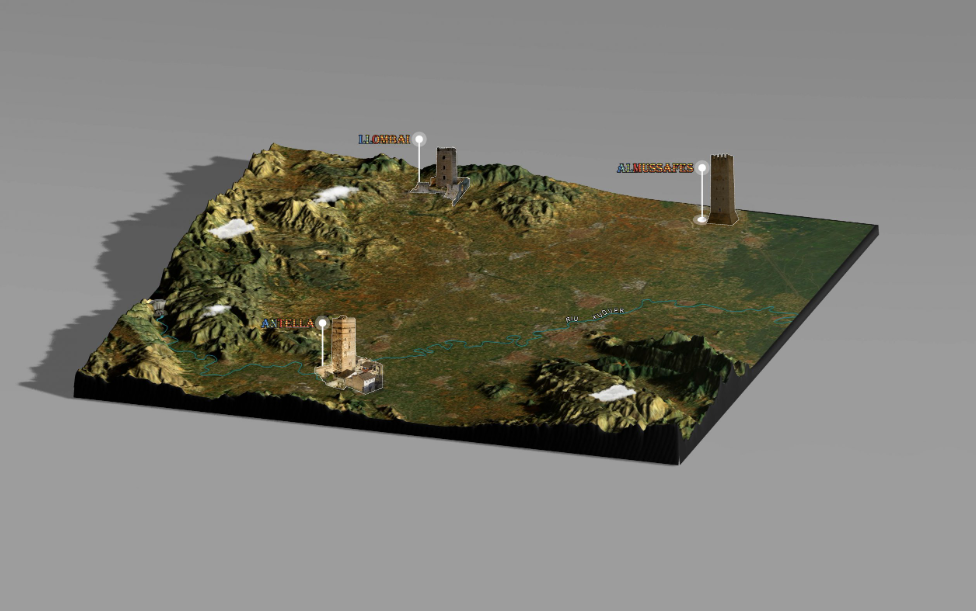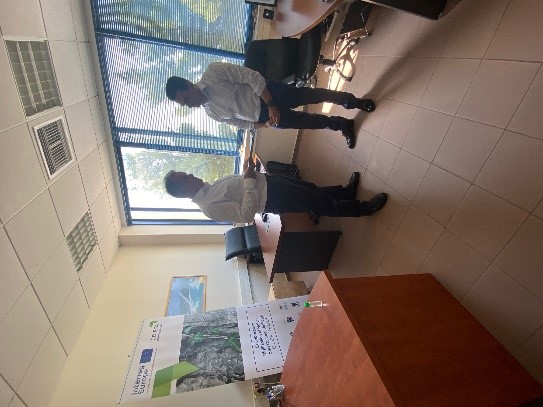Foundation of Santa María la Real del Patrimonio Histórico was in charge of organizing this meeting, which focused mainly on the analysis of some of the digitization projects in archives and libraries that are currently being developed in some European countries.
The first day, Carlos Travesí, Head of the Archives and Libraries Service of Ministry of Culture and Tourism (Regional Government of Castilla y León), was in charge of receiving the participants in the project at the headquarters of General Archive of Castilla y León located in Licenciado Butrón Palace, a beutiful 16th century nobility building. Along with the visit to some of the palace’s premises, Carlos Travesí explained his government’s commitment to the digitization projects and showed the silos where the documents that this archive holds are stored.
On the next day the thematic seminar itself took place in the Archive of the Royal Chancery of Valladolid. The director of the archive, Cristina Emperador Ortega, welcomed more than 60 attendees to the day and then interpolated the presentations of the stakeholders of project partners, as well as the conferences of the invited experts.
The Royal Chancery of Valladolid, the archive where the conferences where held, was one of the first institutions of the Crown of Castile that had a building built expressly to serve as a repository of documents. Its origins go back to the Ordinances of Medina del Campo in 1489 by which the Catholic Kings created this archive to recieve the documentation generated by this Court.
Some of the most important spanish institutions and internationally recognised for their digitization projects were present in the seminar by some of their top executives. Alfonso Sánchez Mairena, Head of area, General Subdirectorate of State Archives, explained the operation of PARES (Portal of Spanish Archives); a project of the Ministry of Education, Culture and Sports for dissemination on Internet of the historial Spanish documentary heritage preserved in its network of centers. As an open and dynamic project, it serves as a dissemination framework for other archival projects of a public or private nature. PARES offers a free and open Access, not only to the researcher, but also to any citizen interested in accessing documents with scanned images of spanish archives.
Among the experts was also Isabel Bordes Cabrera, Head of Digital Library Area, National Library of Spain, who presented the experience of the Hispanic Digital Library (BDH), an oline resource of the National Library of Spain (BNE) that provides free and open Access to thousands of documents digitized by the Library. It allows the consultation, reading and downloading of printed books between the 15th and 19th centuries, manuscripts, drawings, engravings, brochures, posters, phtographs, maps, atlases, press, magazines and sound recordings. Documents that are in the public domain have free and open access.
José Antonio Merlo Vega, Professor and Director of the Department of Librarianship and Documentation of University of Salamanca, talked about the Access to digital contents of libraries: experiences with mobile applications, repositories and electronic collections.
The guest as a stakeholder by the organizing entity was Cristina Jular Pérez-Alfaro, CSIC-Superior Council of Scientific Investigations (History Institute), who spoke about some of her most successful media and digitization experiences, such as the digitization of Vatican archives and CRELOC project (Clientele and local networks in medieval Castile. Historical study and documentary technologies).
Another of the invited experts was Xavier Pérez Agenjo, a professoinal with a long career in management of digitization projects who has combined public institutions with private companies, always holding the positions of maximun responsibility. In his conference he guided us on which policies are best suited to implement to achieve optimal results in terms of safeguarding our digital heritage.
On Thursday it was held the Meeting of Steering group of CD-ETA Project in General Archive of Simancas. The working group was received by Julia Rodríguez de Diego, Director of the Archive, and visited the archive located in the castle designed by the architect of El Escorial, Juan de Herrera, in the 16th century. The castle was conceived to become the first building built to archive the modern era, and in 1588 signed an instruction considered the most complete and modern archives regulation in the world for that time. From this moment the recent Archive of Simancas is receiving the priodic remittances of documents from the central organs of the spanish monarchy.
The result of the seminar was enriched by the best practices of digitization projects shared among the partners and the interesting contributions and recommendations of the experts. Also have been taken the first steps of the Action Plan presented by the technical coordinator of CD-ETA Hembo Pagi project.
